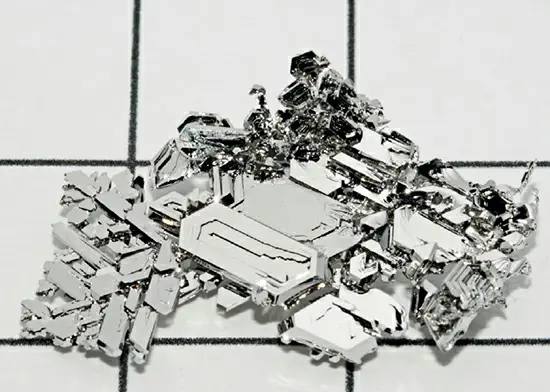Platinum Group Metals (PGMs), comprising platinum, rhodium, palladium, osmium, iridium, and ruthenium, are some of the most valuable and least recognized precious metals. Known for their unique chemical properties, these metals, discovered between the 18th and 19th centuries, often coexist in ore deposits. While gold, silver, and copper are widely known for their use in various industries, PGMs hold a special place, particularly in industrial applications.
PGMs play a crucial role in processes like the oxidation of ammonia to produce nitric oxide, vital for fertilizers. They are also key components in catalytic converters used in modern vehicles to reduce harmful emissions, converting toxic hydrocarbons into less harmful substances like carbon dioxide and water. The dense nature of these metals, contributing to their rarity in the Earth’s crust, is a result of geological processes that caused heavier elements to sink during the Earth’s formation. However, phenomena such as mantle plumes, deep-seated volcanism, and asteroid impacts have made these metals more accessible for mining and extraction. Interestingly, a layer of sediment enriched with the PGM iridium provided crucial evidence for the asteroid impact theory that explains the end of the Cretaceous period.

